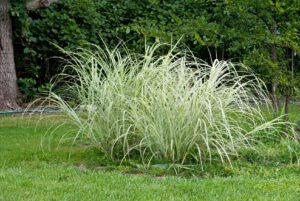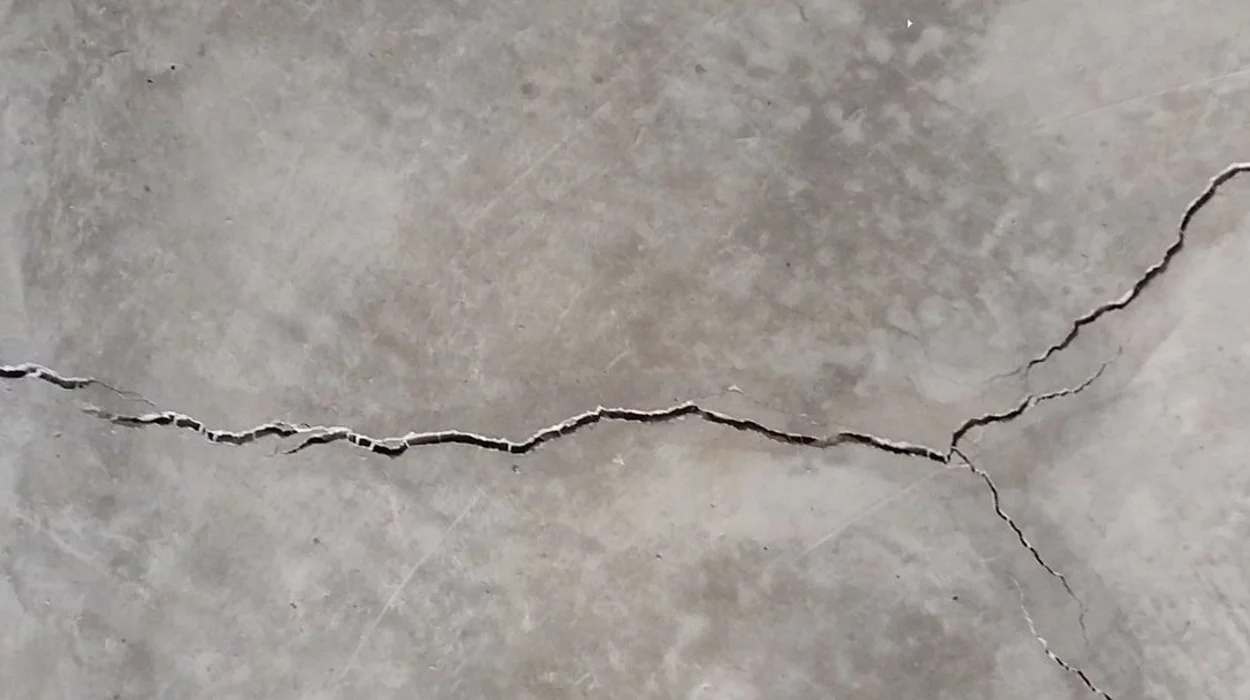Water is essential for the growth of plants, but too much of it can be a problem, especially when it comes to landscaping. Poor drainage in the landscape can lead to waterlogged soil, root rot, and damage to plants. One solution to this problem is to use water-absorbing plants in your landscape. These plants can help with landscape drainage problems in a number of ways. In this article, we will explore the benefits of water-absorbing plants and how they can help you achieve a healthy and thriving landscape.
Improved Drainage
 Water-absorbing plants are great at improving the drainage in your landscape. These plants have deep roots that can penetrate deep into the soil and absorb excess water. This helps to prevent water from pooling on the surface and reduces the risk of soil erosion. Plants such as willows, cattails, and sedges are great examples of water-absorbing plants that can help improve drainage in your landscape.
Water-absorbing plants are great at improving the drainage in your landscape. These plants have deep roots that can penetrate deep into the soil and absorb excess water. This helps to prevent water from pooling on the surface and reduces the risk of soil erosion. Plants such as willows, cattails, and sedges are great examples of water-absorbing plants that can help improve drainage in your landscape.
Nutrient Uptake
Water-absorbing plants can also help improve the nutrient uptake of your landscape. Excess water can leach away important nutrients from the soil, making it difficult for plants to grow and thrive. However, water-absorbing plants have a unique ability to absorb and store nutrients in their roots, helping to keep them in the soil where they are needed. Plants such as iris, ferns, and daylilies are excellent at absorbing nutrients and can help improve the health of your landscape.
Reduced Soil Erosion
Soil erosion can be a major problem in landscapes with poor drainage. Excess water can cause soil to become loose and unstable, leading to erosion and damage to your plants. However, water-absorbing plants can help reduce soil erosion by holding the soil in place with their roots. Plants such as creeping phlox, creeping juniper, and creeping thyme are excellent at holding soil in place and can help prevent soil erosion in your landscape.
Improved Aesthetic Appeal
Water-absorbing plants can also help improve the aesthetic appeal of your landscape. These plants come in a variety of shapes, sizes, and colors, making them a great addition to any landscape design. From tall grasses to colorful flowers, water-absorbing plants can help create a beautiful and diverse landscape that is both functional and visually appealing.
Environmental Benefits
 Finally, water-absorbing plants offer a range of environmental benefits. By absorbing excess water and nutrients, these plants help reduce pollution and improve the quality of water in our environment. They also provide habitat and food for a variety of wildlife, helping to promote biodiversity in our ecosystems.
Finally, water-absorbing plants offer a range of environmental benefits. By absorbing excess water and nutrients, these plants help reduce pollution and improve the quality of water in our environment. They also provide habitat and food for a variety of wildlife, helping to promote biodiversity in our ecosystems.
In conclusion, water-absorbing plants are a great addition to any landscape design. They can help improve drainage, nutrient uptake, reduce soil erosion, improve aesthetic appeal, and provide environmental benefits. If you are looking for a solution to your landscape drainage problems, consider adding water-absorbing plants to your landscape. With their many benefits, these plants can help you achieve a healthy and thriving landscape that is both functional and beautiful.



